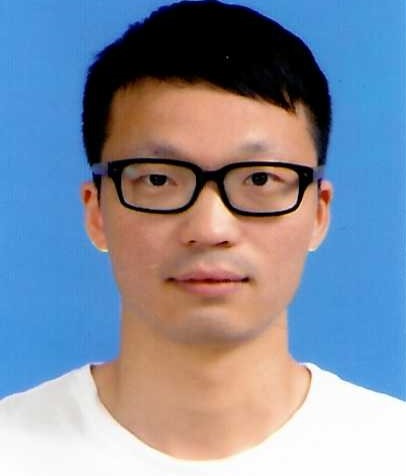Classification of 3D Point Clouds By A New Augmentation Convolutional Neural Network
Published in IEEE Geoscience and Remote Sensing Letters, 2022
Recommended citation: Xu Sheng, Zhou Xuan, Ye Weidu and Ye Qiaolin(*). "Classification of 3D Point Clouds By A New Augmentation Convolutional Neural Network." IEEE Geoscience and Remote Sensing Letters, vol. xx, pp. 1-5, 2022, doi: 10.1109/LGRS.2022.3141073. https://ieeexplore.ieee.org/document/9673754
Nowadays, the classification of point clouds has become a fundamental problem in 3D information study. Different from the deep learning process of natural images, 3D point clouds are massive and unorganized, which can be difficultly captured features by the convolution process directly. This letter proposes a new augmentation convolutional neural network (ACNN) to classify point clouds by adding a key augmentation layer before the classical sampling and convolution structure. Input data will be augmented before each sampling layer, which brings abundant learning information to help the network capture more local structures. In order to make the augmentation more effective, we formulate parameters of augmentation layers learnable in the learning process according to the loss function. The proposed augmentation is based on automatically tuning the magnitude of the smoothness, which plays a significant role in point cloud processing and provides local features, e.g. edges, contours, and edges. Results show that we have achieved the overall accuracy of 92.52% and 89.11% in the object classification on ModelNet10 and ModelNet40, respectively, which shows our superiority over other methods. Besides, the ACNN achieves an average miscalculation error of 0.28 and cross-entropy loss of 0.48 in the classification of laser scanning point clouds, which shows high robustness to noise and density in the outdoor scene classification.
Recommended citation: ‘S. Xu, X. Zhou, W. Ye, Q. Ye(*). "Classification of 3D Point Clouds By A New Augmentation Convolutional Neural Network." IEEE Geoscience and Remote Sensing Letters, vol. 19, pp. 1-5, 2022.’
